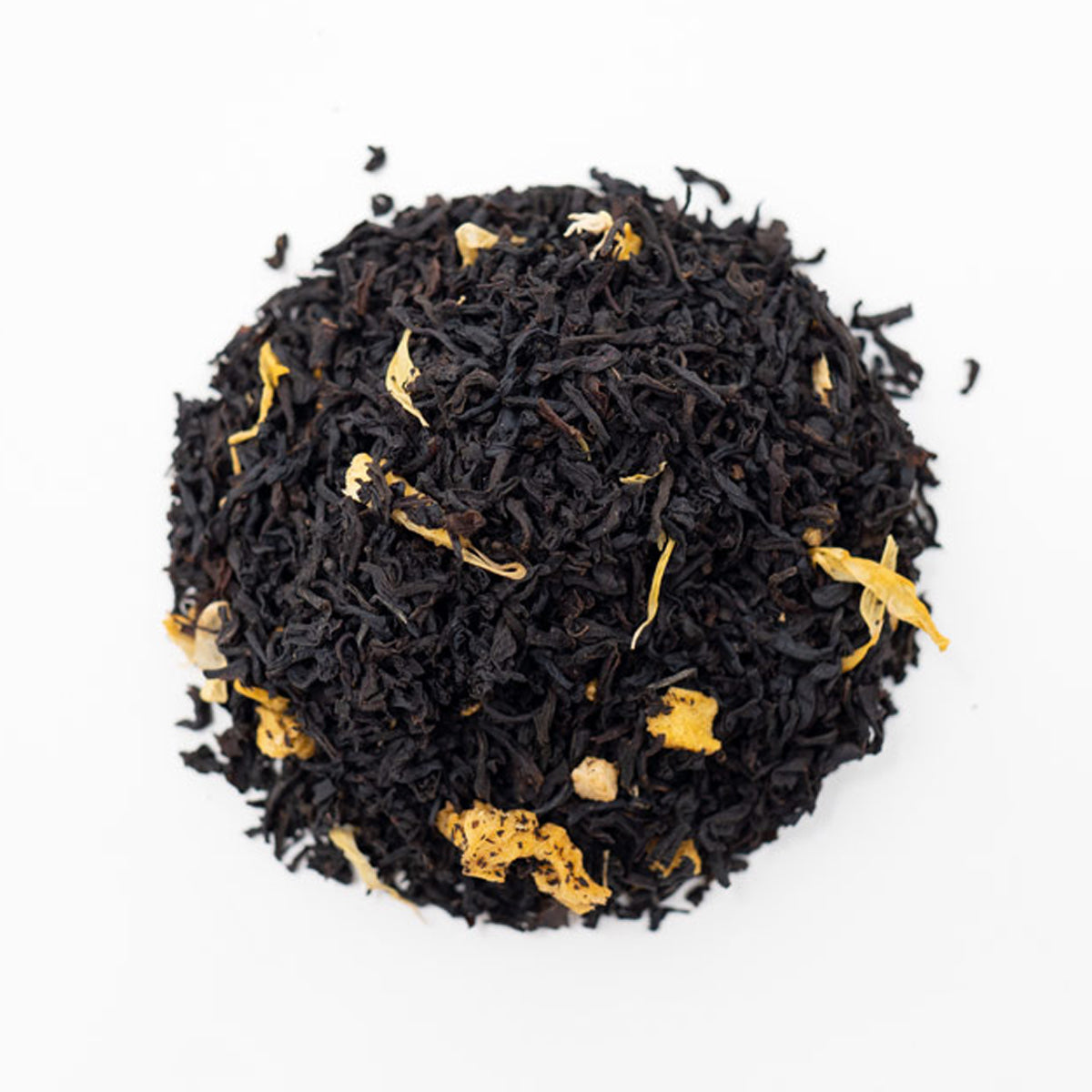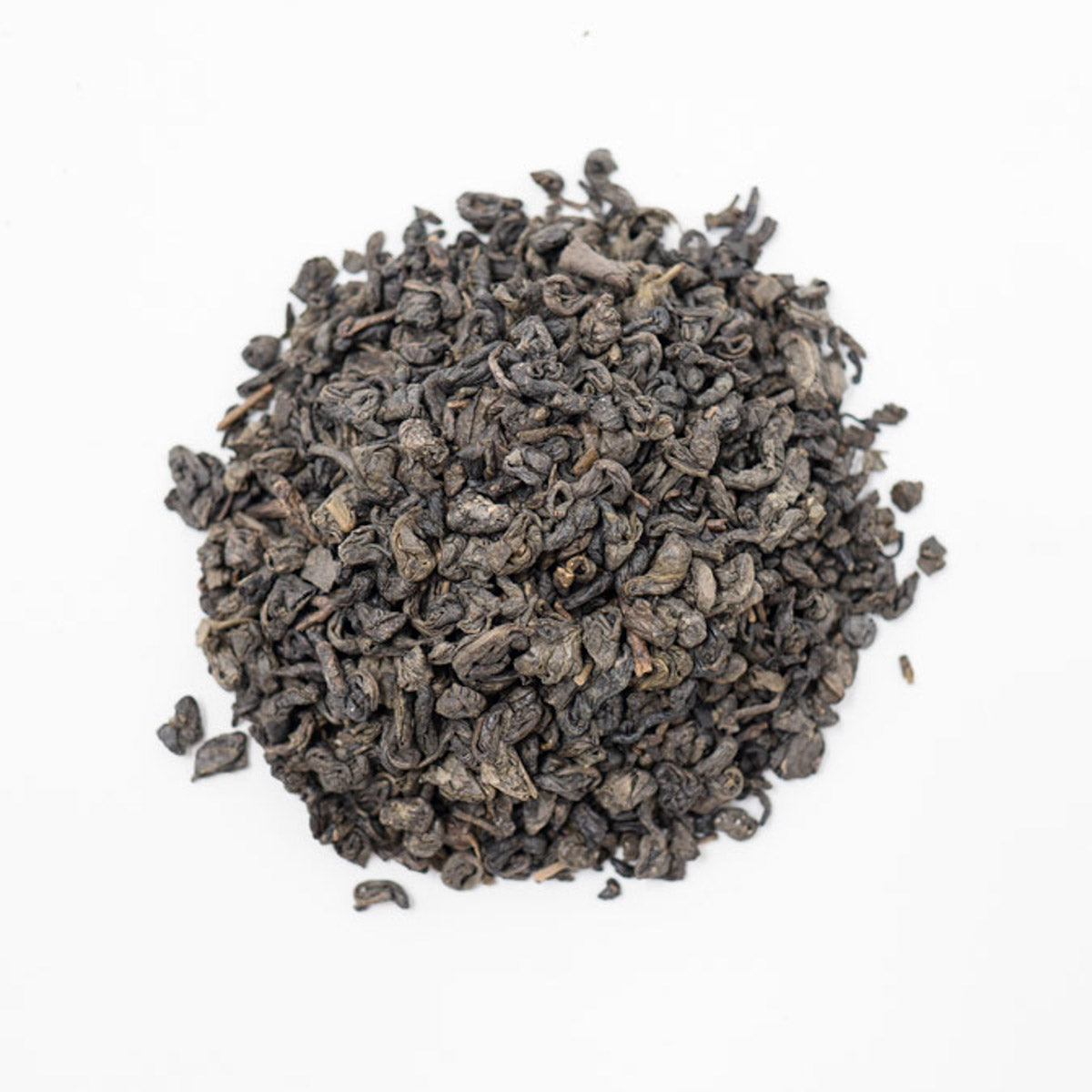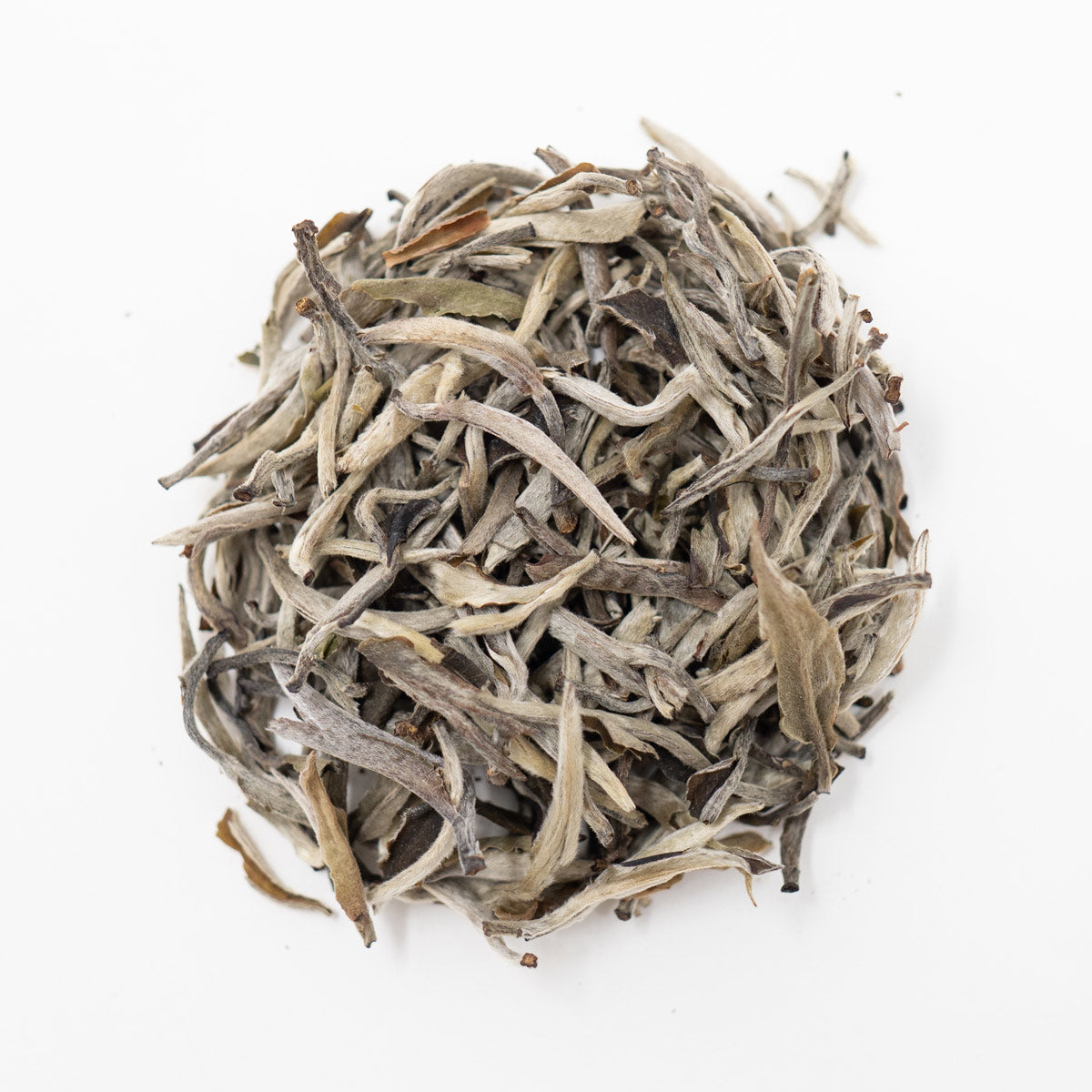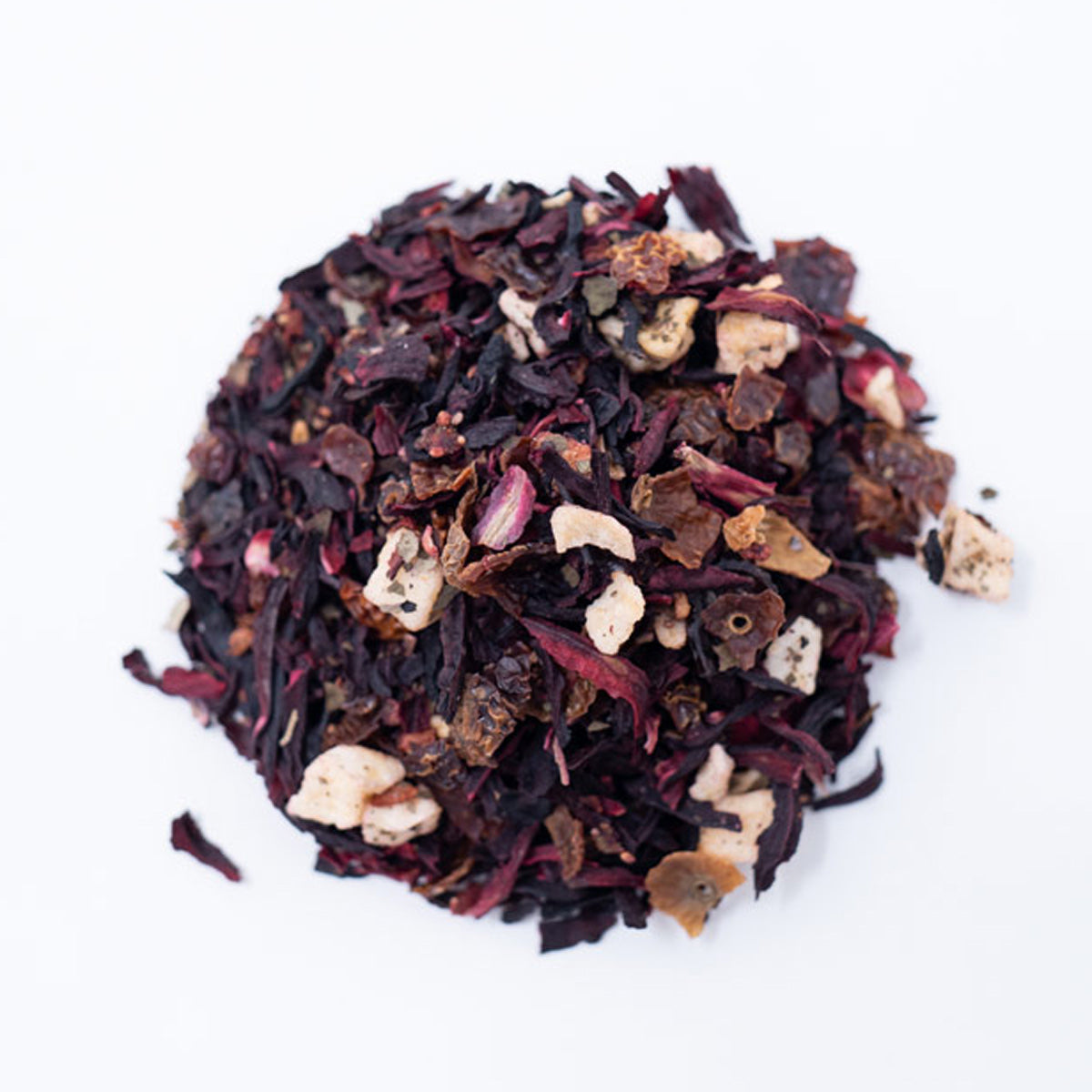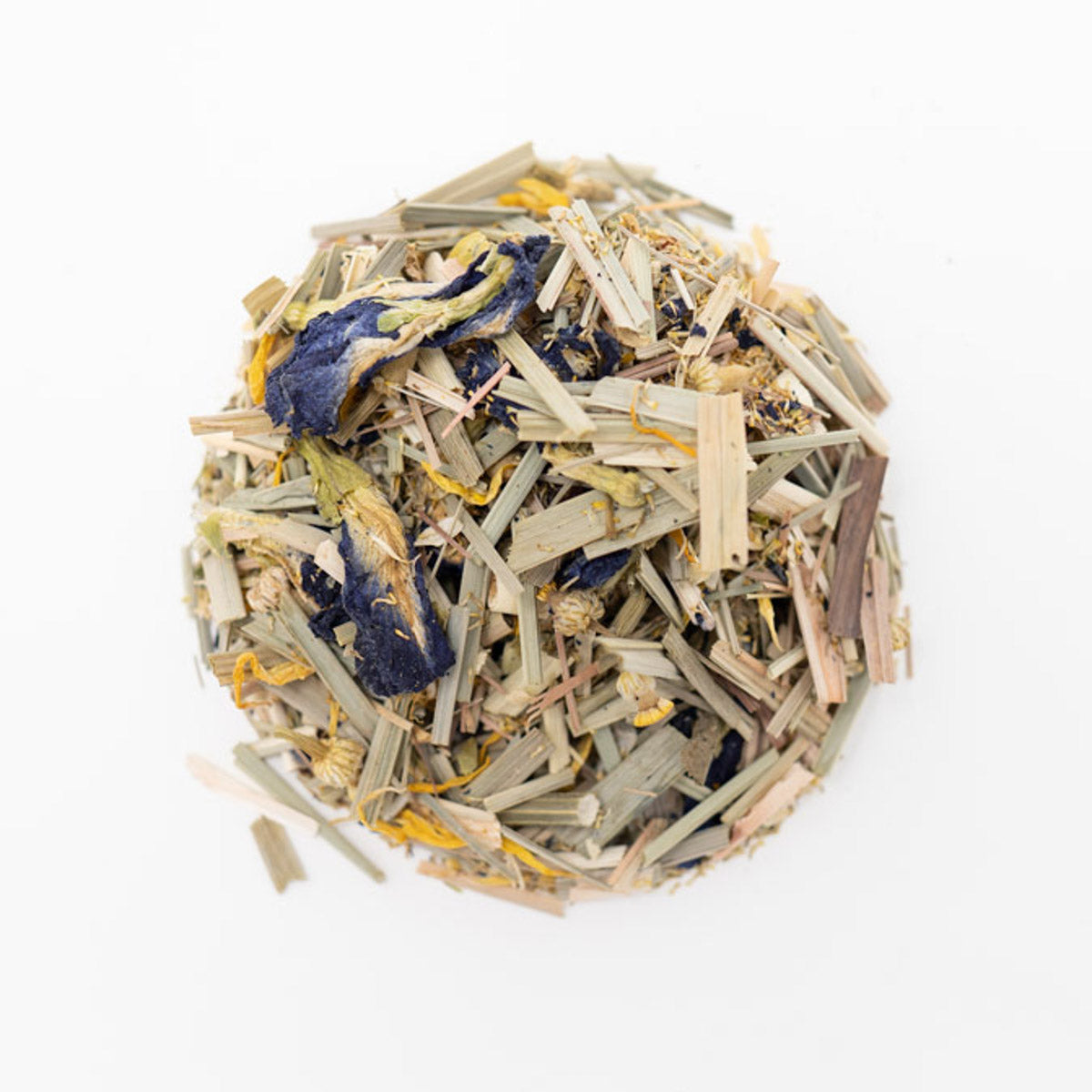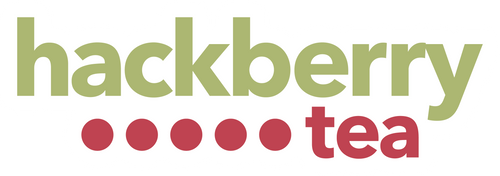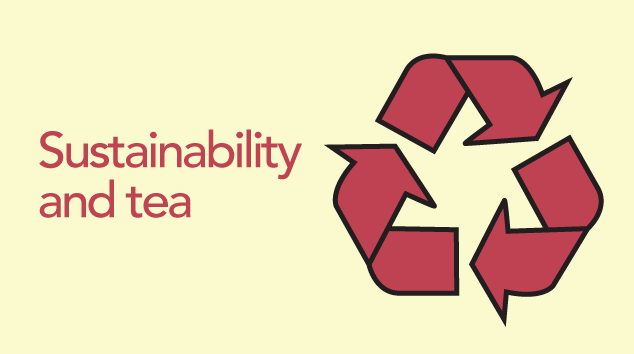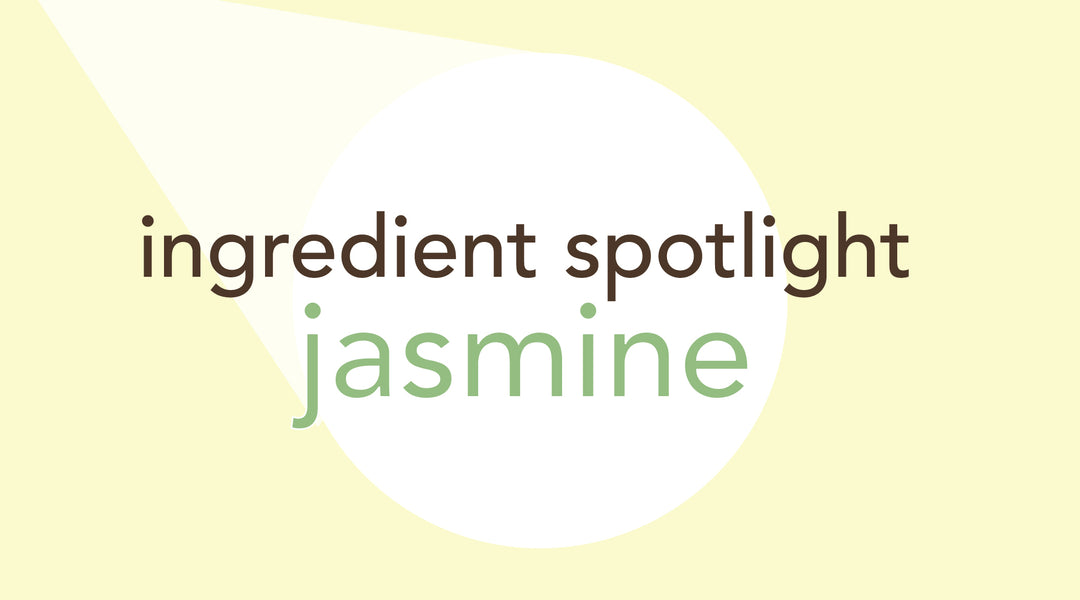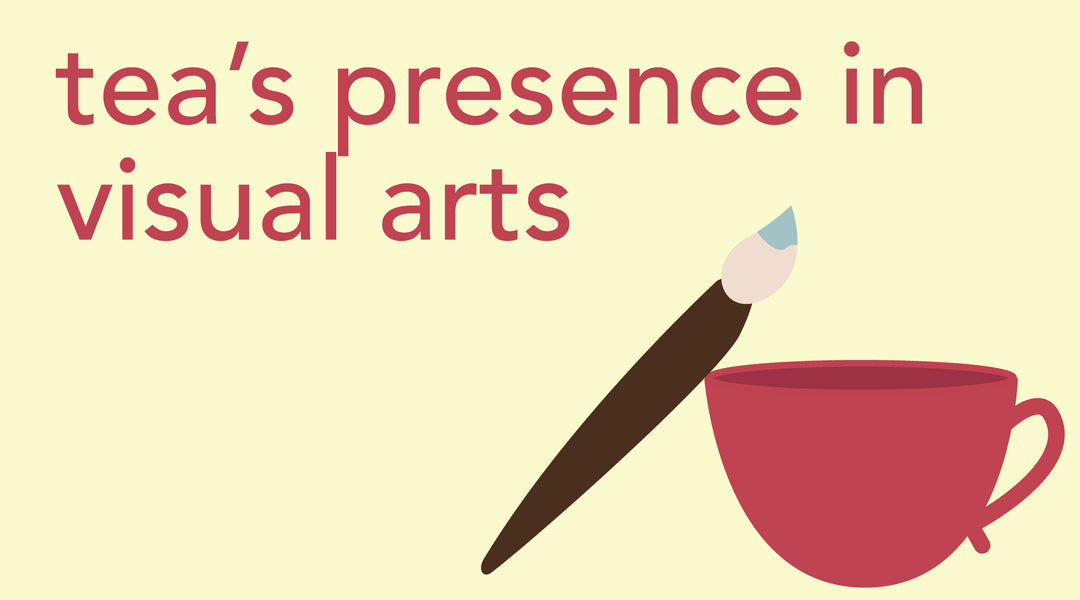COVID-19 Update 4: Is There A Definition To The Phrase, "Stay Safe Out There?"
Exactly two months ago we were sitting at the Carthay Circle restaurant enjoying our last lunch of an amazing Disneyland vacation. It was a spring break trip that we’d planned for a while and was really the best trip you can have at Disneyland, it was so much fun! During lunch, a notification popped up on my phone that they were closing Disneyland on the 14th. Our waiter that had been amazing up to that point, walked up to our table obviously deflated. He said he had worked there since they opened in 2012 and I cannot imagine the shock of hearing that you won’t have a job in two days. I’ve wondered since that moment how he is doing over these last two months. I also am curious how long it will be until he gets his old job back (if ever).
Since that moment, the world is different. There is zero doubt in my mind, we will never go back to the way things were. Sept 11th changed air travel forever. It is naïve to think this won’t affect things in more ways than we’re thinking right now. The memories of these last two months will stick with us forever. Businesses that were struggling will most certainly never recover from this. I have a high school senior that will be watching his graduation on YouTube. He was born 4 weeks before 9/11 and completed the last quarter of his high school online under a stay at home order. Interesting bookends to a childhood. The class of 2020 will have this hang over them their entire lives. In fact, I can’t help but think that will shape his generation.
I recently had a conversation with an old friend who made a great point, he said he has to remind himself that we’re all aiming at the same thing. None of us want people to die. None of us want to live in fear or in a world that is unsafe. And that’s the word that I keep seeing everywhere. Safe. What does that mean? As an engineer that spent a good portion of my career defining metrics throughout different organizations. I lived by a phrase; you cannot improve what you don’t measure. I have to ask the question, what metrics do we use to define the term safe?
When our kids were small, we took a vacation to the Grand Canyon. On one day we rode a ski lift to the top of Mount Humphreys. I hated it; I could not believe we had a 3-year-old in my lap with nothing to keep her from falling. I held her so tight that she probably still has marks on her arm. To me that was unsafe. Jenna and the boys made fun of me the entire ride. Then the next day we walked by the Grand Canyon and Jenna hated every minute of it. Two very different experiences and very different definitions of safe. I am adamant that a ski lift is stupid and unsafe and anyone that goes to the Grand Canyon has nothing to worry about.
And there lies my theory. We all define safe differently and there is no provable metric or data for consistency. The Arizona governor and the Presidential task force has sought to define a set of metrics that they’re using to gauge when they believe it is safe to go back to do many things we were doing before this virus hit. We could debate the metrics and ultimately, they’re wrong, because 100% of all data models are wrong. The question they’re trying to answer is, “is there acceptable risk to offset the inevitable loss of life and loss of quality of life if we do something different?” This is a decision that people at those positions make every day. This is a decision we all have an opinion of the answer. This is a decision that none of us want to make for 328 million people, with a significant percentage of those lives in the balance.
While stay at home orders are being lifted in Arizona and in various ways around the US it is helpful to remember safety is relative. When a restaurant says, they have chosen to stay closed because they don’t know how to stay safe while being open that is a business decision. They have chosen to continue with takeout in a way they feel comfortable with. That’s fine. When Costco says they will not allow shoppers without a mask, that’s their call. They feel that is the most safe way to operate and have measured the risk. And although I’m glad I don’t make that decision at a national level, I too am making a decision and defining what I feel is safe as a business owner. This decision affects more than just myself and those around me, but every single one of you. I feel the weight of that. And since safety is relative hopefully Hackberry is operating in a safe manner for as many people as possible while continuing to support our employees’ livelihoods and providing you with amazing tea.
We have operated this entire time as an essential business in a way that we (all employees included) feel most comfortable with, we’re defining what we feel is safe and talking about it. I wouldn’t be surprised if regular customers have not bought from us over the last couple of months, because they do not feel it is safe to buy. That is OK, we’ll be here when you’re ready.
Safety is relative, except ski lifts, those are crazy and there has to be a better way to carry people up a mountain.
Thanks for letting me send another long email, and I’m going to miss salad bars, those are not coming back.
Matt
Here is a link to the updates on our shipping due to extended shipping times from USPS & Fedex. The optional upgrades have been used a lot more than I expected, so I’m glad that’s working for you guys.

